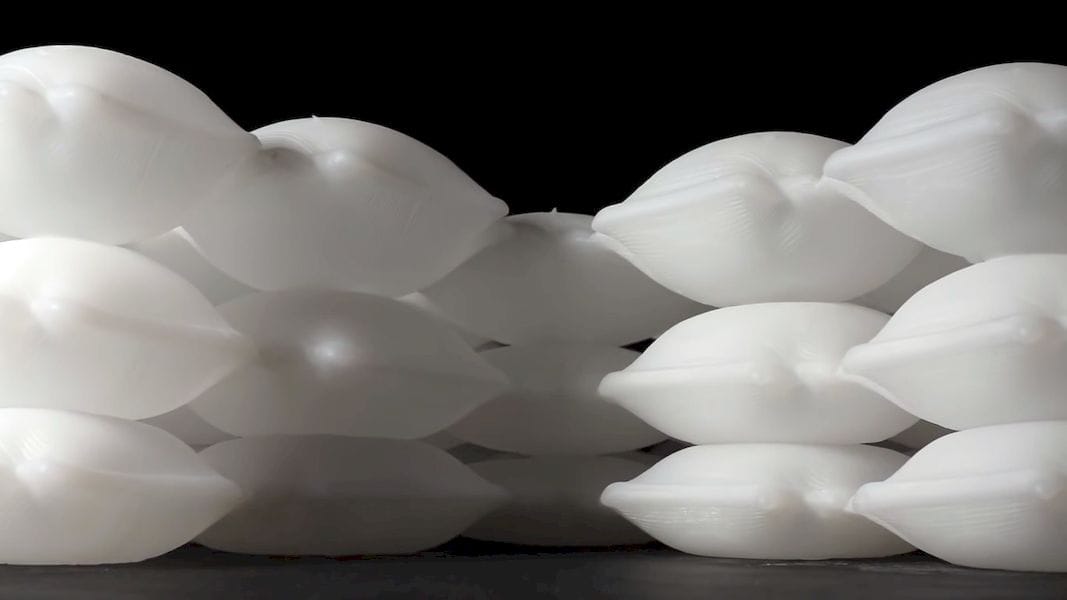
Fans of inflatable bouncy castles and comfy car seats have reason to rejoice because 3D-printed inflatables are now a thing!
Created by the minds at the Self-Assemble Lab of MIT and BMW, these inflatables adapt and transform by themselves to suit your comfy needs.
Dubbed “Liquid Printed Pneumatics,” these silicone materials take on different shapes depending on how much air pressure is pumped into them. While this would no doubt bring improvements to the balloon animal industry, the guys behind these printed inflatables are planning to put the materials to more practical fields, such as car seats. With this technology, having a seat which adjusts itself based on user preference just got a lot more realistic.
Fans of inflatable bouncy castles and comfy car seats have reason to rejoice because 3D-printed inflatables are now a thing! Created by the minds at the Self-Assemble Lab of MIT and BMW, these inflatables adapt and transform by themselves to suit your comfy needs.
Dubbed “Liquid Printed Pneumatics,” these silicone materials take on different shapes depending on how much air pressure is pumped into them. While this would no doubt bring improvements to the balloon animal industry, the guys behind these printed inflatables are planning to put the materials to more practical fields, such as car seats. With this technology, having a seat which adjusts itself based on user preference just got a lot more realistic.
The potential of these inflatables doesn’t stop with adjustable bum rests, either. Say you’re driving alone in your car and don’t need those extra seats. You could deflate the unused seats to make room for other stuff. According to BMW’s Head of Brand Vision and Brand Design Martina Starke, “There will be no need to lock the car of the future into any particular shape.” She even goes as far as to say future interiors could take on more malleable, modular uses.
As for the material itself, it is printed using MIT’s “rapid liquid printing technique,” which is a method of printing furniture and other home-related objects. Silicone material is extruded from a nozzle into a tank of gel where it hardens. This tank is what keeps the softer materials from collapsing before they completely dry and set. It also helps that the process is quick, making mass production a lot easier than other additive manufacturing technologies.
Read the rest at SolidSmack.com

